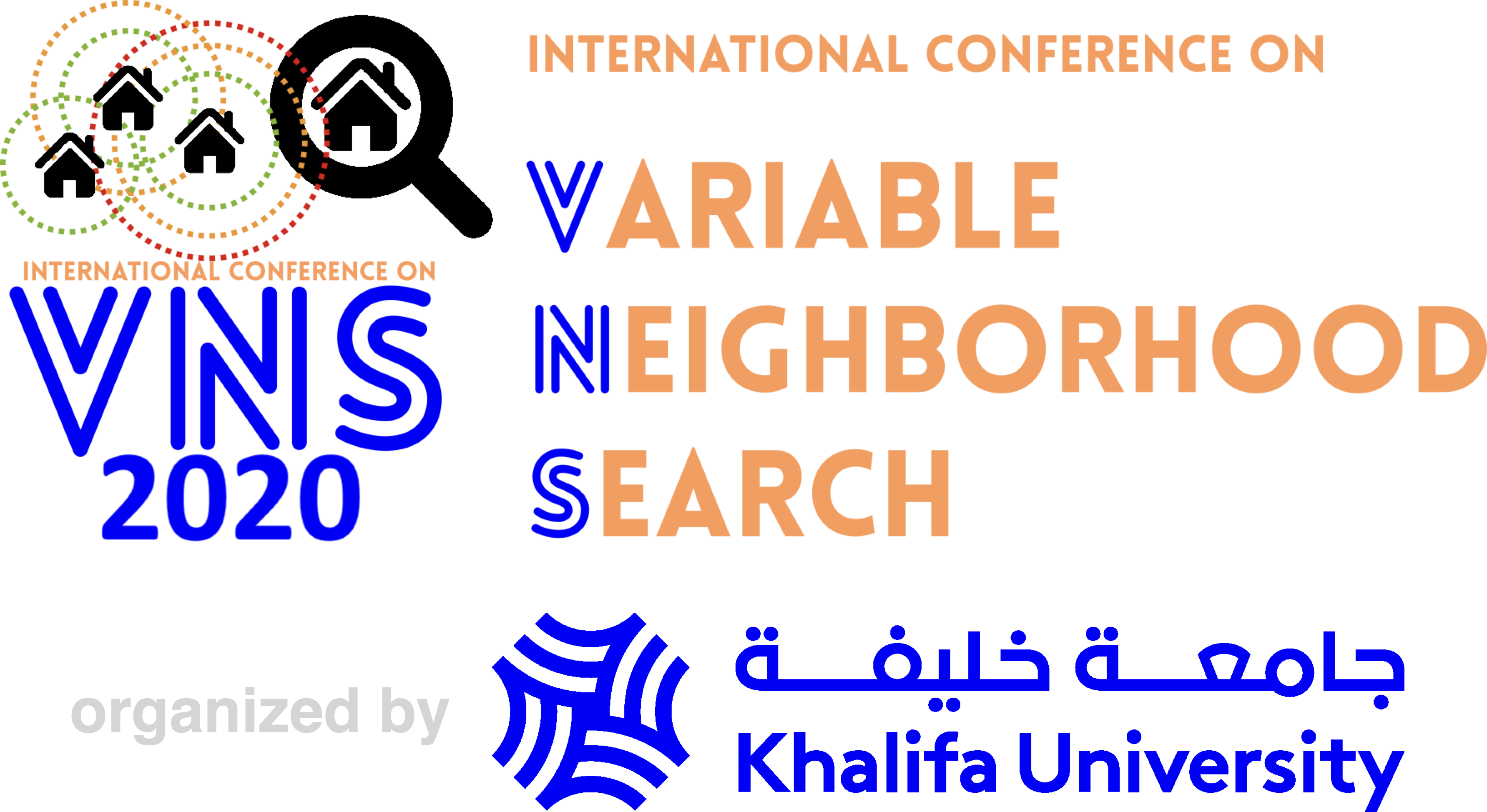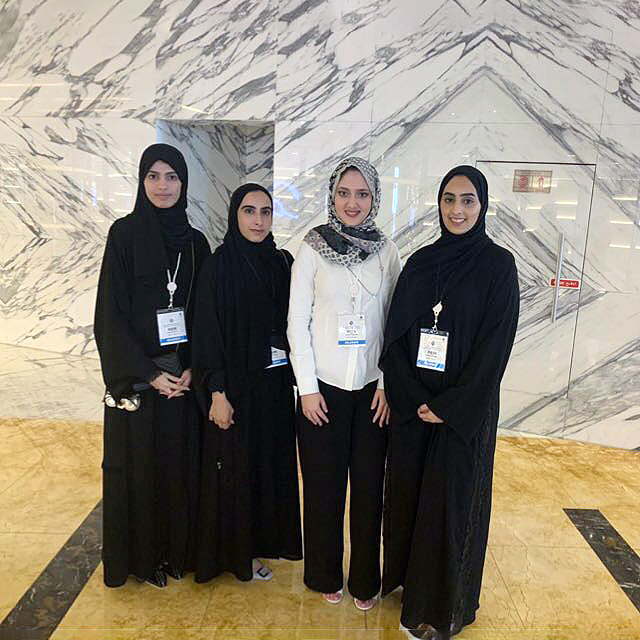
New blockchain solution aims to secure and validate digital twins and their real-world counterparts throughout their lifecycle.
In the Industry 4.0 era, a new wave of technological innovations is revolutionizing manufacturing. While this transformation is fueled by breakthroughs in the Internet of Things (IoT), big data analytics, and artificial intelligence, digital twins are the emerging technology poised to cause a seismic shift.
Digital twins (DTs) are virtual doppelgangers of physical systems: digital clones of physical assets, providing intricate digital mirrors of real-world processes and assets. From design to manufacturing, assembly, and diagnostics, DTs can be used at all aspects of a product’s life cycle. They streamline problem-solving in critical systems, boost efficiency in production, and enhance cost-effectiveness.
And, just like their physical counterparts, these digital twins can be compartmentalized into sub-DTs, mimicking real-world structures where large systems are composed of multiple smaller components. Take an aircraft for example: The entire thing can be digitally twinned, and so can its individual parts.
The potential of digital twin technology can only be fully realized with credible, verifiable, and transparent communication and information sharing. In traditional manufacturing systems, centralized structures often pose risks of failures and corruption through a single point of vulnerability. The need for a more reliable mechanism to infuse trust into the data supplied to digital twins is evident.
Researchers from Khalifa University think blockchain is the answer. Research members at the Digital Supply Chain and Operations Management Center, Haya Hasan, Mohammad Madine, Dr. Ibrar Yaqoob, Prof. Khaled Salah and Dr. Raja Jayaraman, with Dragan Boscovic from Arizona State University, proposed a blockchain-based solution to ensure trust in the information fed into a digital twin. Their system was published in Future Generation Computer Systems, a top journal in the field of computer science.
“Digital twins are an important technology that can be leveraged to assist in unlocking value in Abu Dhabi’s manufacturing sector,” Prof. Salah said. “They play a key role in smart manufacturing processes and value chain development, as well as advancing the transition to a circular economy. For example: Digital twin models can be leveraged to efficiently investigate the potential of utilizing sustainable product material alternatives without compromising performance. Also, a more holistic digital system twin is likely to highlight opportunities for carbon emission reductions in key processes.”
Blockchain technology is a decentralized solution, ensuring transparency, accountability, and data integrity, all of which are vital in managing DTs. Thanks to its tamper-proof ledgers and stored logs, blockchain guarantees that once a piece of information is recorded, it can’t be altered, offering a robust foundation for the dynamic world of DTs.
Interestingly, the blend of blockchain with DTs brings into play non-fungible tokens (NFTs). These unique digital assets, minted on the blockchain, can symbolize the digital twins of physical entities. Each NFT provides proof of originality, ownership, and authenticity. When a token is minted, its identifier – or TokenID – becomes immutable, and it can be traced using on-chain logs.
The proposed solution aims to leverage the unique attributes of NFTs – their transparency, resilience, and tamper-proof nature – to manage the ownership of DTs effectively. By integrating with decentralized storage solutions, the metadata of NFTs, containing DTs information, can be securely stored. This way, the ownership of DTs and their sub-DTs can be tracked in a hierarchical manner using NFTs and sub-NFTs.
In this innovative model, DTs are sold alongside their physical counterparts. The goal is not only to manage ownership of DTs effectively but also to provide a reliable proof of delivery (PoD) for their associated physical assets.
“We are always on the lookout for how we can leverage emerging technologies in solving real-world problems,” Prof. Salah said.
The team’s solution is comprehensive. It employs a two-key security measure with the keys functioning as proof of delivery, recorded on the blockchain. Participants are incentivized to act honestly through the payment of collateral, which is returned upon successful delivery and payment settlement. NFTs are used to maintain proof of ownership and authenticity, with each NFT representing a DT and its metadata stored off-chain. All transactions are logged in blockchain’s tamper-proof records and with the Ethereum address of the caller, ensuring that no participant can deny their actions. The data cannot be edited or deleted, becoming part of the immutable ledger that creates reliable data provenance for historical usage. By leveraging the unique strengths of blockchain technology and NFTs, this solution brings enhanced security, traceability, and accountability to digital twins.
While blockchain offers numerous advantages, the technology is not without limitations.
It is decentralized by nature, meaning there’s no central authority to create regulations, verify transactions, or govern rights. Smart contracts form the backbone of any blockchain transaction, but they are vulnerable to exploitation if they aren’t correctly written. Plus, once deployed, smart contracts are also immutable, making it difficult to add or remove functionalities to the system.
However, despite ongoing research challenges, the combination of digital twins and blockchain technology offers enormous potential.
“Researchers at Khalifa University are currently investigating how to leverage NFTs and digital twins to solve many real-world problems,” Prof. Salah said. “NFTs have massive applications and the potential to disrupt various industries. This research can unlock opportunities for creators, investors, and consumers. We have been looking into how NFTs can be leveraged in solving problems in smart cities, healthcare, and the metaverse.”
Jade Sterling
Science Writer
26 June 2023






